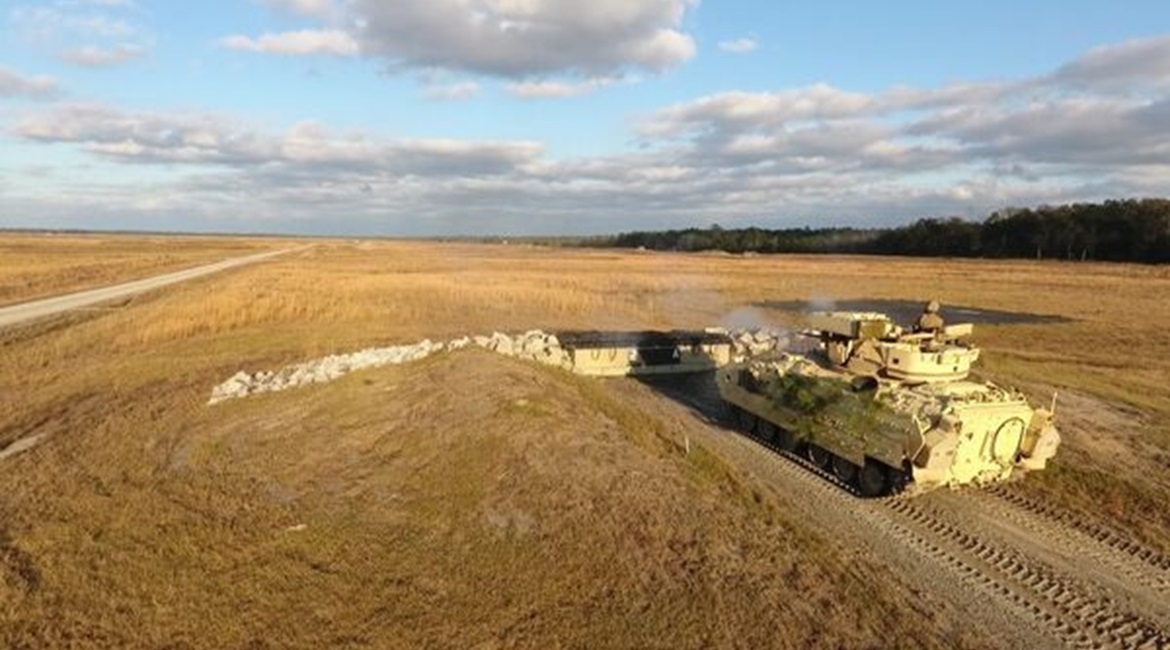
The US Army has tasked five companies to work on Optionally Manned Fighting Vehicle (OMFV) concept designs over the next year-plus, and programme officials are vowing to use their work to craft realistic requirements this time around and prepare for potential subsystem delays.
In late July, the service announced that American Rheinmetall Vehicle, BAE Systems, General Dynamics Land Systems, a Hanwha Defense-Oshkosh Defense team, and Point Blank Enterprises had each received a contract to immediately begin work on M2 Bradley infantry fighting vehicle replacement designs. Instead of providing the teams with a set of firm requirements to guide this programme phase, the service has outlined nine vehicle characteristics ranked in descending importance: survivability, mobility, growth, lethality, weight, logistics, transportability, manning, and training. It is not until this 15-month modelling, simulation, and analysis period nears completion that the service will draft firm requirements to guide a ‘full and open competition' for the next two phases.
“The biggest risk is if we attempt to change those [requirements] after those decisions are made,” Director of the Next Generation Combat Vehicle Cross-Functional Team Major General Ross Coffman told reporters during a 23 July call.
“We need to be steadfast. We need to be solid once we make a decision on our requirements,” he added. “We're not going to get another bite at this apple.”

Shown here is a Bradley vehicle at Fort Stewart, Georgia in 2016. The US Army has selected five OMFV proposals to begin design work aimed at replacing the Bradley fleet. (US Army)
Some industry sources have told Janes
Looking to read the full article?
Gain unlimited access to Janes news and more...




